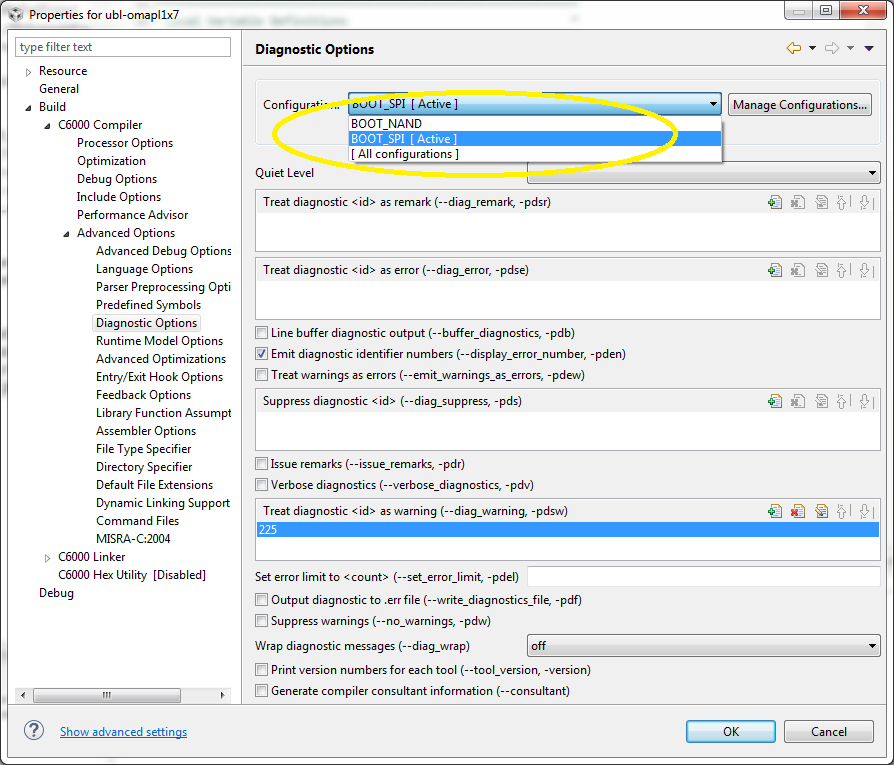Hi
Team.
I am trying to change the default configuration of SPI0FLASH booting.That is mentioned in the Uboot source code and Arm-ubl and DSP- ubl as we have our custom board That supports SPI1FLASH
As I am new to this I Need help on the initial start up!
I am trying to analyse the the code that is provided in the folder armubl and dspubl and try changing the register for SPI1 .
Let me know the Possible easier solution to configure it for SPI1 and what has to be modified w.r.t the SPI
Thank you
Deepak R




